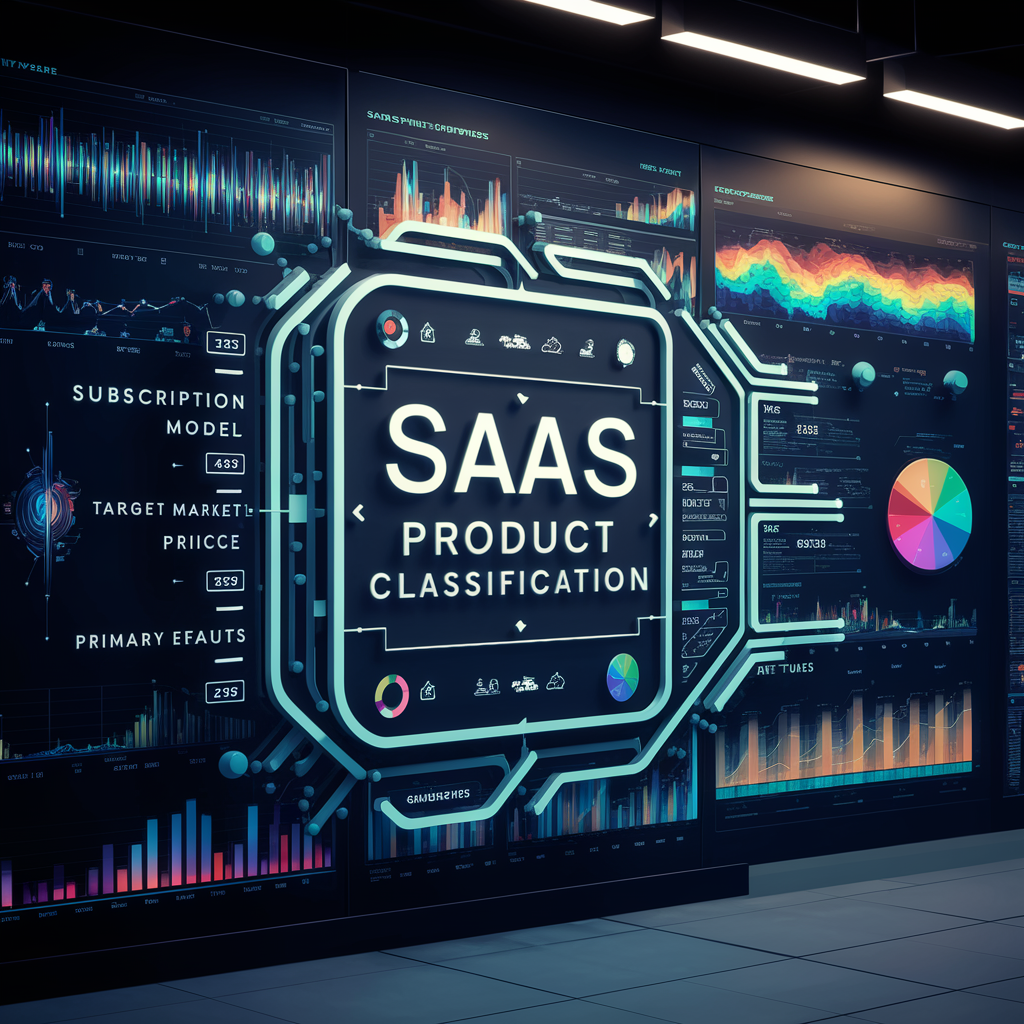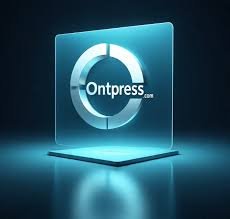AI SaaS Product Classification Criteria

The rapid growth of Artificial Intelligence AI SaaS Product Classification Criteria has led to an influx of AI-powered SaaS products in the market. To better understand and categorize these solutions, it is essential to establish clear classification criteria. These criteria help businesses, investors, and users evaluate AI SaaS products based on functionality, industry applicability, and technological sophistication. In this article, we will explore key classification parameters, including deployment models, AI capabilities, target industries, and pricing structures, to provide a structured framework for analyzing AI SaaS offerings.
1. By Deployment Model
AI SaaS products can be classified based on how they are deployed and accessed by users. The primary deployment models include public cloud, private cloud, hybrid cloud, and on-premises solutions. Public cloud-based AI SaaS products are hosted on third-party servers (e.g., AWS, Google Cloud) and offer scalability with minimal infrastructure requirements. Private cloud deployments cater to enterprises needing enhanced security and customization, while hybrid models combine both public and private cloud benefits. On-premises AI SaaS solutions are installed locally, providing full control over data but requiring higher maintenance. The choice of deployment depends on factors like security, compliance, scalability, and cost.
2. By AI Capability & Functionality
AI SaaS products leverage different levels of artificial intelligence, ranging from basic automation to advanced machine learning (ML) and deep learning (DL). They can be categorized into:
-
Rule-Based Automation: These solutions follow predefined rules for tasks like chatbots and workflow automation.
-
Machine Learning-Powered: Products that use ML algorithms for predictive analytics, recommendation engines, and fraud detection.
-
Deep Learning & Neural Networks: Advanced AI SaaS tools for image recognition, natural language processing (NLP), and autonomous decision-making.
-
Generative AI: Platforms like OpenAI’s GPT or MidJourney that create content, code, or designs autonomously.
Understanding these capabilities helps businesses select the right AI SaaS product based on their complexity and use case requirements.
3. By Target Industry & Use Case
AI SaaS solutions are often designed for specific industries, each with unique demands. Common industry classifications include:
-
Healthcare: AI-driven diagnostics, patient management, and drug discovery platforms.
-
Finance: Fraud detection, algorithmic trading, and credit scoring tools.
-
Retail & E-commerce: Personalized recommendations, demand forecasting, and inventory optimization.
-
Marketing & Sales: AI-powered CRM, chatbots, and sentiment analysis for customer engagement.
-
Manufacturing: Predictive maintenance, quality control, and supply chain automation.
This classification helps organizations identify AI SaaS products tailored to their sector, ensuring higher relevance and efficiency.
4. By Pricing Structure
The cost of AI SaaS products varies significantly based on features, scalability, and customization. Common pricing models include:
-
Subscription-Based (Monthly/Annual): Fixed recurring fees with tiered plans (e.g., basic, pro, enterprise).
-
Pay-Per-Use: Charges based on API calls, data processed, or active users.
-
Freemium: Free basic features with premium upgrades for advanced functionalities.
-
Custom Enterprise Pricing: Tailored solutions for large businesses with negotiated contracts.
Selecting the right pricing model depends on budget constraints, expected usage, and long-term scalability needs.
5. By Integration & Compatibility
AI SaaS products differ in how well they integrate with existing business systems. Key considerations include:
-
API-First Solutions: Designed for seamless integration with other software via APIs.
-
Standalone Platforms: Independent tools that may require additional middleware for connectivity.
-
Pre-Built Connectors: SaaS products with native integrations for popular platforms like Salesforce, Slack, or Shopify.
Businesses must assess compatibility with their tech stack to ensure smooth implementation and workflow automation.
Conclusion
Classifying AI SaaS products using structured criteria enables better decision-making for businesses and end-users. By evaluating deployment models, AI capabilities, industry focus, pricing, and integration flexibility, organizations can identify the most suitable solutions for their needs. As AI continues to evolve, these classification frameworks will adapt, helping stakeholders navigate the dynamic landscape of AI-powered SaaS offerings effectively.




